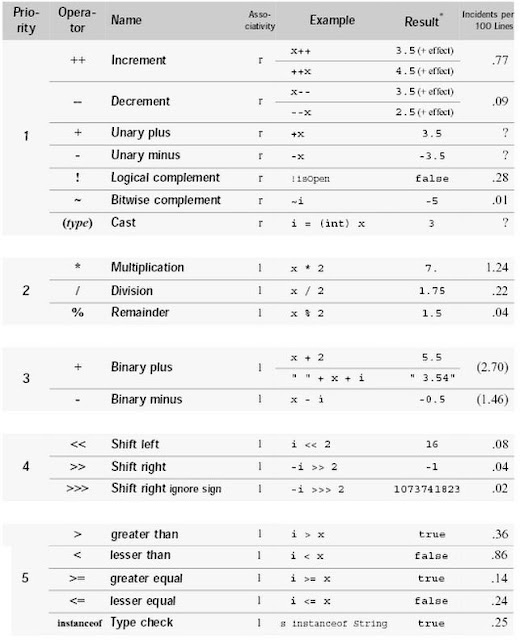Syntax : Switch Case in Java Programming It is alternative to else-if ladder. Switch Case Syntax is similar to – C/C++ Switch. Switch allows you to choose a block of statements to run from a selection of code, based on the return value of an expression. The expression used in the switch statement must return an int, a String, or an enumerated value . switch (selection) { // value case value1 : // checking value 1 statement ( s ) ; break ; // use to break switch flow if condition match case value2 : // checking value 2 statement ( s ) ; break ; . . case value_n : statement ( s ) ; break ; default : statement ( s ) ; } Different Ways of Using Switch Case : Switch Case Using Integer Case int i=3; switch (i) { case 1 : System . out . println ( "One player is playing this game." ) ; break ; case 2 : System . out . println ( "Two players are playing ...





Comments
Post a Comment